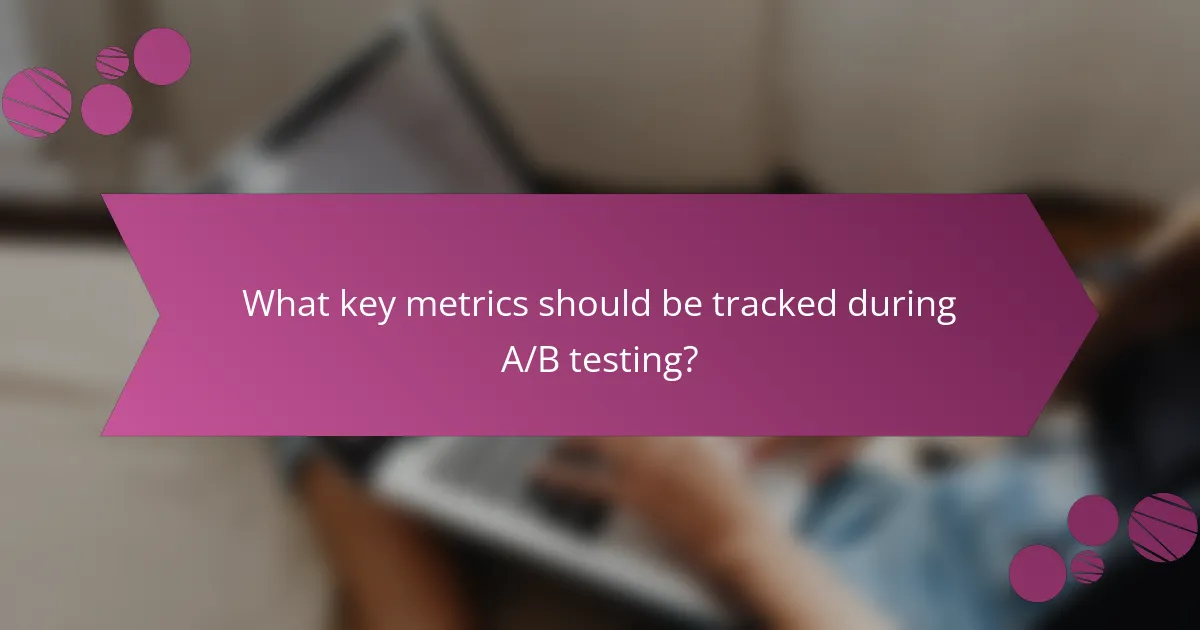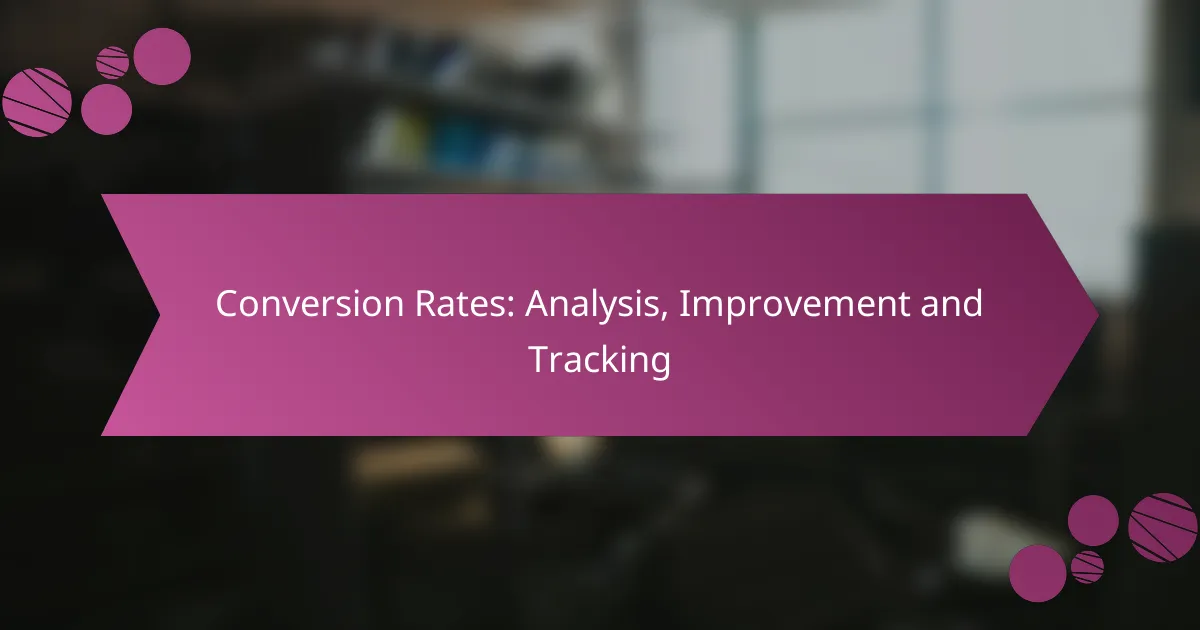A/B testing is a powerful method for optimizing display advertising by comparing different variations to determine which performs better. With techniques like split URL testing and multivariate testing, businesses can enhance conversion rates and improve user experience. By focusing on key metrics such as click-through rate and return on investment, organizations can make informed, data-driven decisions that lead to more effective advertising strategies.

What are the best A/B testing methods for display advertising?
The best A/B testing methods for display advertising include split URL testing, multivariate testing, sequential testing, adaptive testing, and split testing. Each method offers unique advantages for optimizing ad performance and improving conversion rates.
Split URL testing
Split URL testing involves creating two or more separate URLs for different versions of an ad. This method allows for testing distinct variations in design, content, or layout to determine which performs better in attracting clicks and conversions.
When implementing split URL testing, ensure that traffic is evenly distributed among the URLs. Monitor key metrics like click-through rates (CTR) and conversion rates to evaluate performance effectively.
Multivariate testing
Multivariate testing assesses multiple variables simultaneously to identify the best combination of elements in an ad. This method is useful for testing different headlines, images, and calls to action within the same ad space.
To conduct multivariate testing, create various combinations of elements and direct traffic to each version. Analyze the results to determine which combination yields the highest performance, keeping in mind that this method requires a larger sample size for reliable results.
Sequential testing
Sequential testing involves running tests one after the other rather than simultaneously. This approach allows for adjustments based on the results of previous tests, making it easier to refine ad strategies over time.
While sequential testing can provide valuable insights, it may take longer to reach conclusive results. Be sure to maintain a consistent audience for each test to avoid skewed data.
Adaptive testing
Adaptive testing dynamically adjusts the allocation of traffic to different ad versions based on their performance in real-time. This method helps to quickly identify the most effective ads and allocate more resources to them.
Implementing adaptive testing requires robust analytics tools to monitor performance continuously. This method can lead to faster optimization but may require careful management to ensure statistical validity.
Split testing
Split testing, often synonymous with A/B testing, compares two versions of an ad to determine which one performs better. This straightforward method is ideal for testing specific changes, such as different headlines or images.
To conduct effective split testing, ensure that the sample size is large enough to achieve statistically significant results. Focus on key performance indicators like conversion rates and user engagement to guide your decisions.

What are the benefits of A/B testing in Ireland?
A/B testing in Ireland offers significant advantages, including improved conversion rates, enhanced user experience, data-driven decision making, and cost-effective optimization. By systematically comparing variations, businesses can make informed choices that lead to better outcomes.
Improved conversion rates
A/B testing helps identify which variations of a webpage or marketing campaign lead to higher conversion rates. By testing different elements such as headlines, images, or call-to-action buttons, companies can pinpoint what resonates best with their audience. For instance, a simple change in a button color might increase conversions by several percentage points.
To maximize conversion rates, focus on testing one element at a time. This approach allows for clearer insights into what drives user actions, making it easier to replicate successful strategies across other campaigns.
Enhanced user experience
Through A/B testing, businesses can refine their user experience by understanding how different designs and content affect user behavior. By analyzing user interactions, companies can create more intuitive and engaging interfaces that cater to their audience’s preferences. For example, a streamlined checkout process can significantly reduce cart abandonment rates.
Regularly conducting A/B tests on user experience elements ensures that businesses stay aligned with evolving customer expectations. This proactive approach fosters loyalty and encourages repeat visits, ultimately benefiting the bottom line.
Data-driven decision making
A/B testing empowers businesses to make decisions based on empirical data rather than assumptions. This method allows for the collection of concrete evidence on what works and what doesn’t, leading to more effective marketing strategies. For instance, a company might discover that a specific email subject line yields a higher open rate than others.
To leverage data-driven insights, ensure that tests are statistically significant and consider running tests over sufficient time frames to account for variations in user behavior. This practice minimizes the risk of making decisions based on outliers or temporary trends.
Cost-effective optimization
A/B testing is a cost-effective way to optimize marketing efforts without significant financial investment. By identifying the most effective strategies, businesses can allocate resources more efficiently, focusing on high-performing campaigns. For example, investing in a successful ad format can yield better returns than spreading resources thin across multiple untested options.
To ensure cost-effectiveness, prioritize tests that have the potential for high impact. Regularly review and analyze results to refine future testing strategies, maximizing the return on investment for marketing initiatives.

What key metrics should be tracked during A/B testing?
Key metrics to track during A/B testing include click-through rate (CTR), conversion rate, bounce rate, and return on investment (ROI). These metrics help evaluate the effectiveness of different variations and guide decision-making for optimizing performance.
Click-through rate (CTR)
Click-through rate (CTR) measures the percentage of users who click on a specific link compared to the total number of users who view a page or email. A higher CTR indicates that the content is engaging and relevant to the audience. Aim for a CTR that is above industry averages, which can range from low single digits to over 10% depending on the sector.
To improve CTR, consider testing different headlines, call-to-action buttons, and layouts. Avoid cluttering the page, as a clean design can enhance user focus and increase clicks.
Conversion rate
The conversion rate is the percentage of users who complete a desired action, such as making a purchase or signing up for a newsletter. This metric is crucial for assessing the effectiveness of your A/B test variations. Typical conversion rates can vary widely, often falling between 1% to 5% for e-commerce sites.
To optimize conversion rates, focus on user experience, clear messaging, and compelling offers. Test different elements like pricing, product descriptions, and checkout processes to identify what resonates best with your audience.
Bounce rate
Bounce rate represents the percentage of visitors who leave a site after viewing only one page. A high bounce rate may indicate that the content is not meeting user expectations or that the page is not engaging enough. Industry averages for bounce rates typically range from 40% to 60%.
To reduce bounce rates, ensure that landing pages are relevant to the traffic source and provide valuable content. Consider A/B testing different headlines, images, and calls to action to see which combinations keep users engaged longer.
Return on investment (ROI)
Return on investment (ROI) measures the profitability of your A/B testing efforts by comparing the gains from the test against the costs incurred. A positive ROI indicates that the changes made are financially beneficial. Calculating ROI can help prioritize future tests based on potential financial impact.
To maximize ROI, focus on high-impact changes that are likely to drive significant results. Keep track of both direct and indirect costs associated with the tests, and ensure that the benefits outweigh these costs to justify the changes made.

How to choose the right A/B testing tool?
Choosing the right A/B testing tool involves evaluating features, pricing, user feedback, and integration capabilities. A suitable tool should align with your specific testing needs and budget while providing reliable data and insights.
Feature comparison
When comparing A/B testing tools, focus on essential features such as ease of use, statistical significance calculations, and support for multiple variations. Some tools offer advanced features like multivariate testing, heatmaps, and user segmentation, which can enhance your testing strategy.
For example, tools like Optimizely and VWO provide comprehensive analytics and user-friendly interfaces, while others may focus on specific functionalities. Consider what features are critical for your testing goals to make an informed choice.
Pricing models
A/B testing tools typically offer various pricing models, including subscription-based, pay-per-test, or freemium options. Subscription plans can range from low monthly fees for basic features to higher tiers for advanced capabilities and larger traffic volumes.
Evaluate your budget and expected usage to select a model that offers the best value. Some tools may provide free trials, allowing you to test their features before committing to a paid plan.
User reviews
User reviews can provide valuable insights into the effectiveness and reliability of A/B testing tools. Look for feedback on ease of use, customer support, and the accuracy of results. Websites like G2 and Capterra can help you compare user experiences across different platforms.
Pay attention to recurring themes in reviews, such as performance issues or exceptional customer service, to gauge how well a tool might meet your needs.
Integration capabilities
Integration capabilities are crucial for ensuring that your A/B testing tool works seamlessly with your existing systems, such as analytics platforms, content management systems, and marketing automation tools. Check if the tool offers native integrations or APIs for custom setups.
Tools like Google Optimize integrate well with Google Analytics, while others may provide plugins for popular CMS platforms. Ensure that the tool you choose can easily connect with your current tech stack to maximize its effectiveness.








